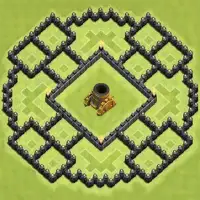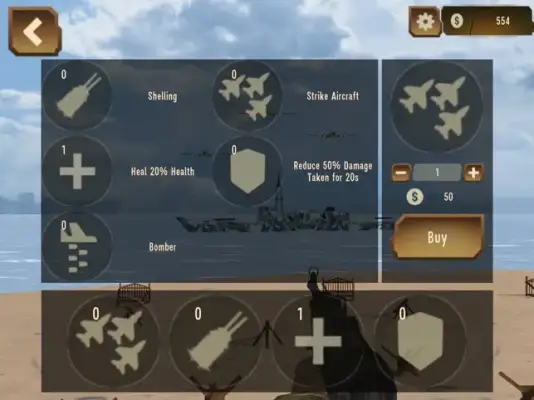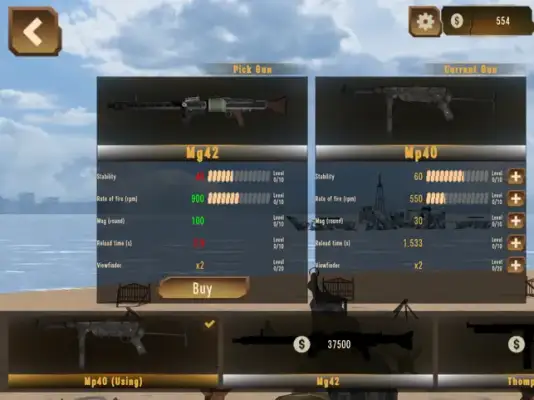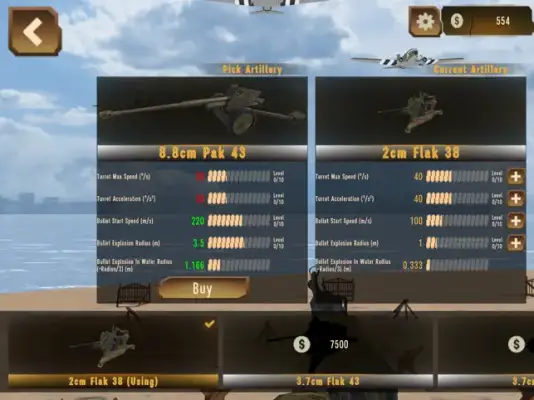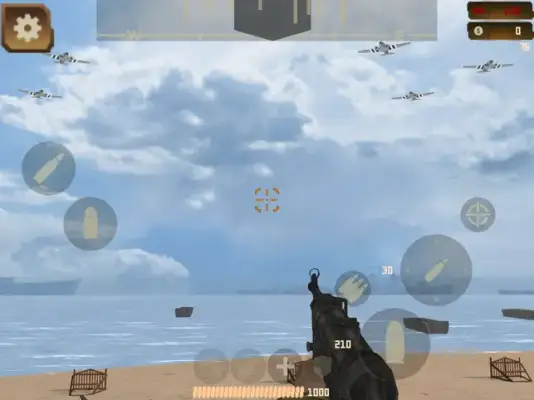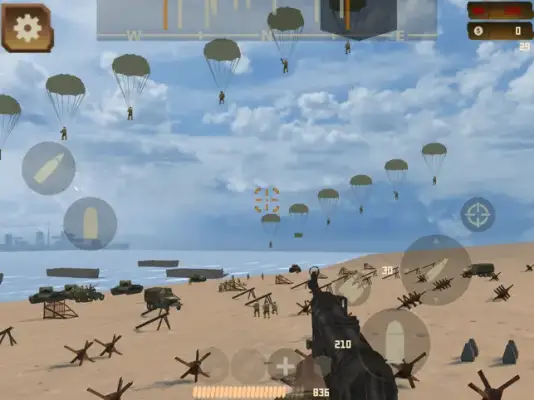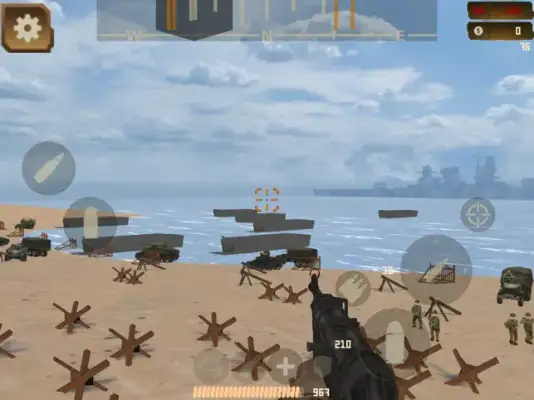Latest Version
2.1.1
May 31, 2025
Son Truong Ngoc
Games
iOS
100.8 MB
1
Free
Report a Problem
More About Beach Defense: WW2 D-Day
The Normandy landings, also known as D-Day, took place on June 6, 1944, marking a pivotal moment in World War II. This massive military operation involved amphibious and airborne assaults by Allied forces aiming to invade and liberate Western Europe from German occupation. It is recognized as the largest seaborne invasion in history and was instrumental in beginning the process of freeing France and eventually defeating Nazi Germany. The operation was meticulously planned and executed, showcasing unprecedented coordination among the Allied forces.
Preparation for the invasion started in 1943, with the Allies engaging in extensive deception tactics to mislead German troops about the invasion's true timing and location. This included a complex operation codenamed Operation Bodyguard. The weather conditions on D-Day were adverse, leading to a one-day postponement. Planners had strict requirements related to the lunar cycle, tides, and specific times of day, which limited suitable days for the invasion. German defenses were bolstered under the command of Field Marshal Erwin Rommel, who was tasked with developing the formidable Atlantic Wall. Meanwhile, Allied forces were under the command of Major General Dwight D. Eisenhower, who coordinated the large-scale attack.
The actual landings commenced with intensive aerial and naval bombardments, followed by airborne drops of thousands of troops behind enemy lines. Shortly after midnight, 24,000 airborne troops from American, British, and Canadian forces parachuted and glided onto the beaches to secure key positions. The main amphibious assault began at 06:30, targeting a 50-mile stretch of the Normandy coast divided into five sectors: Utah, Omaha, Gold, Juno, and Sword. Despite facing challenging weather and well-fortified defenses, the troops encountered fierce resistance from German gun emplacements. The beaches were heavily mined and protected by obstacles, causing significant casualties, especially at Omaha Beach where high cliffs added to the difficulty.
After the initial landings, Allied forces engaged in intense fighting to secure the beaches and nearby towns. At Gold, Juno, and Sword beaches, soldiers fought house-to-house in fortified towns, while specialized tanks disabled key German defenses. The success of these operations was crucial in establishing a foothold in France, which eventually led to the liberation of Western Europe. This historic operation demonstrated remarkable bravery, strategic planning, and coordination among Allied forces, marking a turning point in the conflict against Nazi Germany.
Rate the App
User Reviews
Popular Apps





